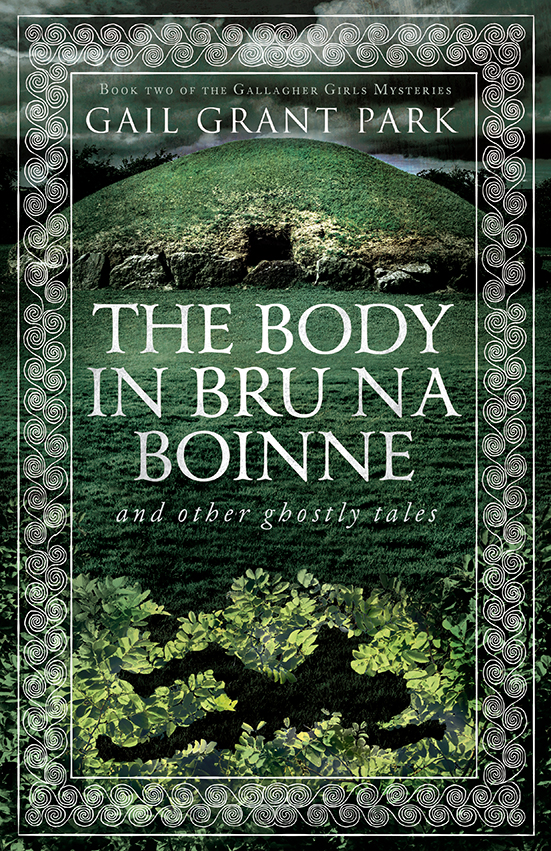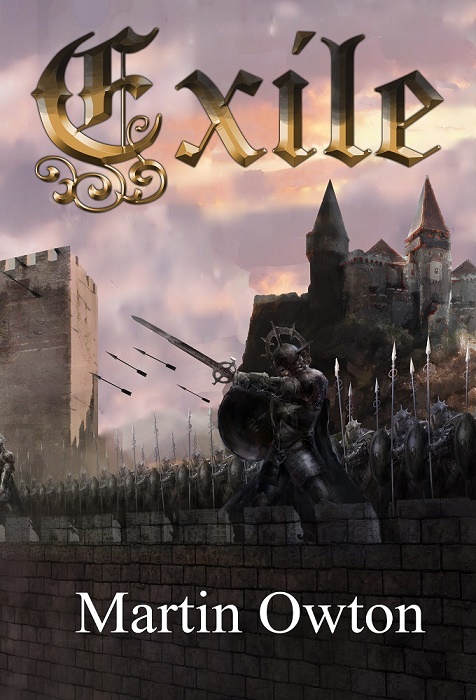The publishing process is a series of steps that take a written work from the author’s manuscript to a finished product available for distribution and consumption by readers. This process can vary depending on the type of publishing (traditional or self-publishing) and the medium (print or digital), but here are the general steps involved in the traditional publishing process:
- Writing and Manuscript Preparation:
- The author writes the manuscript, which may go through multiple drafts and revisions.
- The manuscript is typically prepared in a standardized format, adhering to industry guidelines, such as double-spaced text and specific font styles.
- Literary Agent (Optional):
- Some authors seek representation from a literary agent who helps them pitch the manuscript to publishers.
- Literary agents negotiate publishing contracts and help authors navigate the publishing world.
- Submission to Publishers:
- The author or literary agent submits the manuscript to publishing houses or imprints that specialize in the book’s genre.
- Editorial Process:
- If a publisher is interested, the manuscript goes through a rigorous editorial process.
- This process includes developmental editing, copyediting, and proofreading to ensure the manuscript is error-free and meets the publisher’s quality standards.
- Cover Design and Interior Layout:
- Designers create a book cover and format the interior layout of the book.
- Production and Printing:
- For print books, the formatted files are sent to a printing company for production.
- E-books are converted into the appropriate digital formats.
- Marketing and Promotion:
- The publisher develops a marketing plan to promote the book, which may include advertising, book tours, social media promotion, and more.
- Advance reader copies (ARCs) are distributed to generate early reviews and buzz.
- Distribution:
- Printed books are distributed to bookstores, libraries, and online retailers.
- E-books are made available through online platforms like Amazon Kindle, Apple Books, and others.
- Publication Date:
- The book is officially released on a specific publication date.
- Sales and Distribution:
- Bookstores and online retailers sell copies of the book to readers.
- The publisher monitors sales and may reorder additional print runs.
- Author Events:
- Authors often participate in book signings, readings, and promotional events to engage with readers.
- Book Reviews and Media Coverage:
- The book may be reviewed by literary critics and featured in media outlets, such as newspapers, magazines, and blogs.
- Author’s Ongoing Promotion:
- The author continues to promote the book through interviews, social media, and author websites.
- Royalties and Payments:
- Authors receive royalties based on book sales, as specified in their publishing contract.
- Rights and Licensing:
- Publishers may sell foreign rights, movie or TV adaptation rights, and other licensing deals for the book.
The self-publishing process differs in that the author takes on more responsibilities, such as editing, cover design, and marketing. Self-published authors have more control but also face more challenges in terms of distribution and marketing.
The specific steps and timelines may vary depending on the publishing company, the genre of the book, and the author’s individual circumstances. The publishing process can take several months to over a year, depending on various factors.











